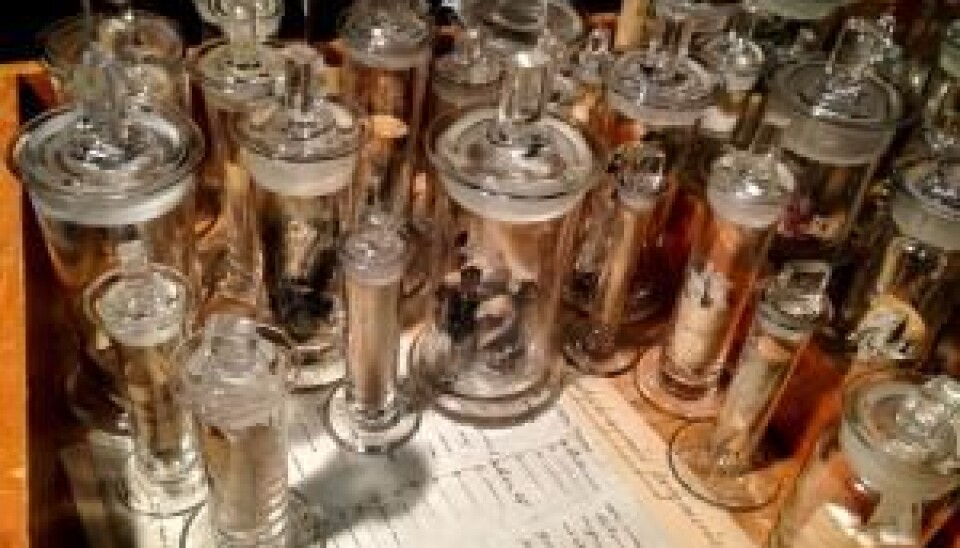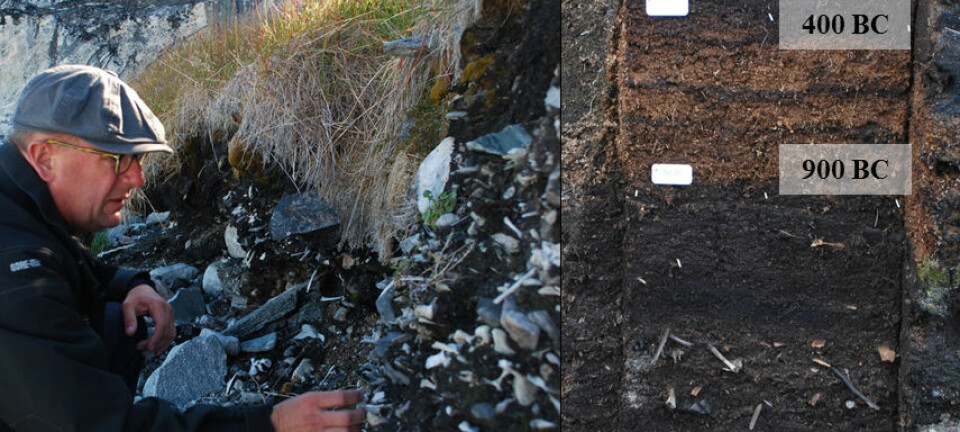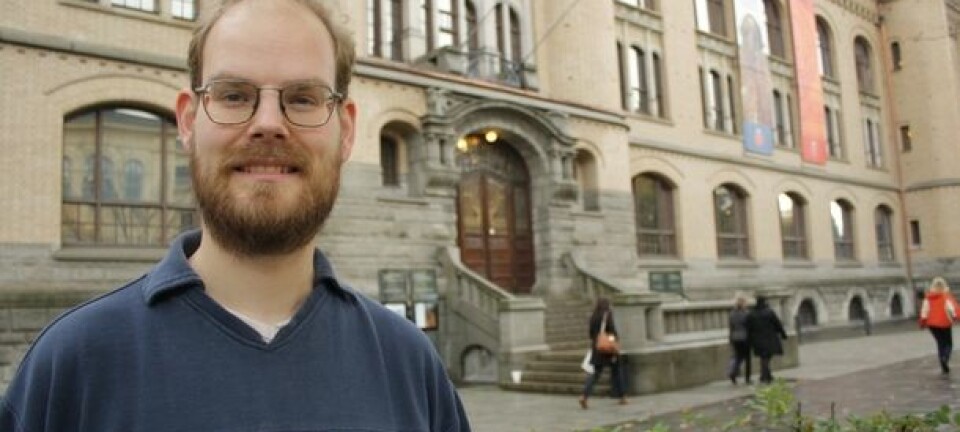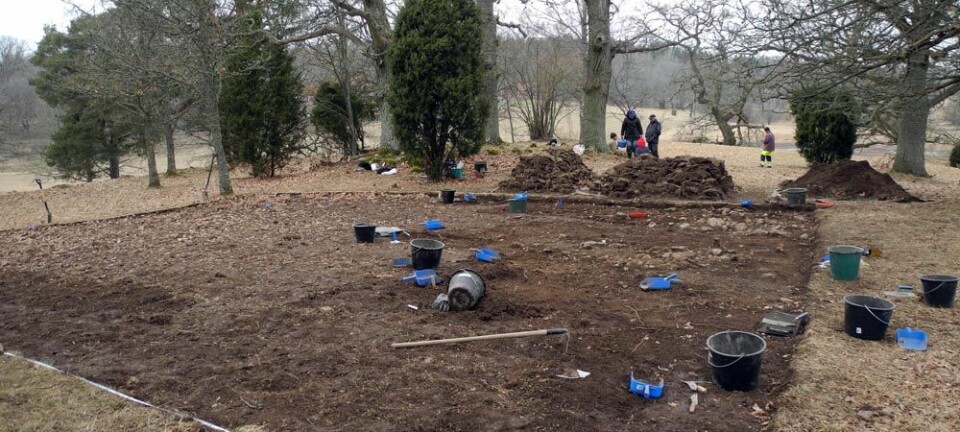
Darwin treasure found in Denmark
A handwritten document by Charles Darwin has been discovered at the Natural History Museum of Denmark. The document led researchers to another Darwin artifact hidden in Denmark.
"Sensational." "Fantastic." "Outstanding." The enthusiasm will take no end, when exhibition manager Hanne Strager describes the findings recently found at the Natural History Museum in Copenhagen: a handwritten document by one of history's greatest scientists, Charles Darwin.
It turns out that the document holds the key to finding a gift of shells which Darwin sent to his Danish partner Japetus Steenstrup in 1854. At the time, Steenstrup was director of the Royal Museum of Natural History.
"It is undoubtedly a sensation", says Strager.
Darwin’s gift to Denmark
Until very recently, no one knew what was hidden amongst the artefacts at the museum. But thanks to the newly discovered documents, Darwin’s gift to Steenstrup was found. It was a collection of 77 selected cirripede species from the family balanidae -- a family of barnacles.

Although a collection of old shells may not sound like much, Hanne Strager emphasise that the finding is unique.
“It's only a few museums in the world that have artifacts from Darwin himself. At Cambridge and Oxford they have a few things, and also in London. But as far as I know, no other museums outside the UK have things from Darwin," says Strager.
Hidden for over 100 years
But how could it happen that the document and Darwin’s gift was hidden and forgotten for so many years? Strager explains that when Darwin in 1854 sent the collection to Copenhagen he wasn't famous. However, like Steenstrup, he had a spcial interest in barnacles.
Through their research the two scientists became good friends and shared many ideas and theories throughout their lives, though they never meet in person.

“Darwin sent the shells five years before his book The Origin Of Species was published. At that time, he was just an English colleague who sent things from time to time. The shells where sorted and distributed in the museum and quickly forgotten,” says Strager.
Lost and found
The relationship between Steenstrup and Darwin was already well-known and lasted until Darwin’s death in 1882.
The museum knew that Steenstrup at one point had lent barnacles to Darwin, says Strager.
“We wanted to make a new exhibt. So I began to read the letters between Darwin and Stenstrup, hoping that we might find something interesting. What I found in the letters was far beyond what I could ever have imagined,” she says.
Friendly letters
In the correspondence between Steenstrup and Darwin, which is publicly available on the internet archive Darwin Correspondence Project, Hanne Strager found out that Darwin had not only sent back Steenstrups barnacles –- he had also sent a thank you gift of 77 cirripede species to the Danish museum.
In one letter Darwin writes that he has attached a list of species, but in a footnote to the document in the Internet archive, it said that the list had been lost.
"When I read that the list was gone I thought to myself: "Maybe it's in our archive of letters". I sent someone from the museum to look for it, and an hour later he called back to tell me that he had found it", says Strager.
After finding the list of species the staff at the museum began searching for the shells. So far, 59 of the 77 shells have surfaced.
A friendly letter from Darwin to Steenstrup
The initial correspondence between Darwin and Steenstrup was "very professional", but later on their correspondance became more friendly, says Strager.
Darwin had a particular interest in barnacles and was therefore extremely grateful to Steenstrup, as can be read in the friendly letter he sent after recieving the shipping from Denmark. The letter is dated the 25th of January, 1850:
Dear Sir,
As you formerly were very kind in sending me so many valuable fossil cirripedes, I am anxious to make some, though a very inadequate return.— I shall, therefore, in the hope that they may be worth accepting by the Copenhagen Museum, put up some cirripedes, about 77 species in number, as in the annexed list.
These species are all named, with the localities in most cases attached. Some of them are very rare, but most are common species. Of the latter I have included several varieties, which are perhaps the most useful part of the small collection offered.
[...] As I know that you have not time to answer letters, I will assume that you will be willing to accept my small offering, which I wish was better, & will send the small box, as soon as I can find out the best way of forwarding it.
With much respect, I remain, dear Sir, Your faithful servant,
Charles Darwin.
Translated by: Louisa Field









